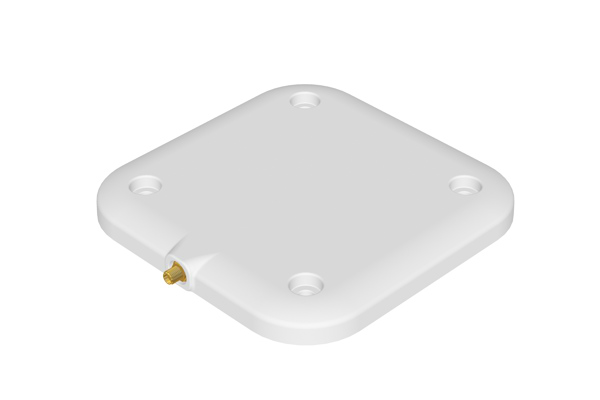Wide, Reliable Read Zones:
High-traffic entry points require antennas that can quickly and accurately read multiple tags at once, without missing entries or creating bottlenecks. Antennas with circular polarisation and broad beamwidths are ideal for portal or doorway setups.
Discrete, Aesthetic Design:
Antennas must blend into the venue, maintaining a professional and unobtrusive appearance. Slimline, low-profile designs that can be flush-mounted or integrated into structures are preferred.
Fast Read Performance:
Events involve fast-moving foot traffic, often in bursts. Antennas must support rapid, orientation-independent reading to capture all attendee tags, even in crowded or dynamic conditions.
Zone Control for Specific Areas:
For tracking sessions, breakout rooms, VIP areas, or specific zones, antennas must create clearly defined read areas to avoid misreads or overlapping data capture.
Load-Bearing Considerations:
When mounting antennas in high-traffic or structural areas such as entrances, truss systems, or overhead gantries, it’s critical to ensure the antenna and mounting hardware can handle the environmental load, including vibration, accidental impacts, and temporary rigging stresses.
For ground antennas, it is also crucial to ensure that the antenna specs are within the required payload parametres.
Easy Deployment and Flexibility:
Event setups are temporary by nature. Antennas should allow for quick installation, mobile use, or reconfiguration based on changing venue layouts and traffic patterns.














